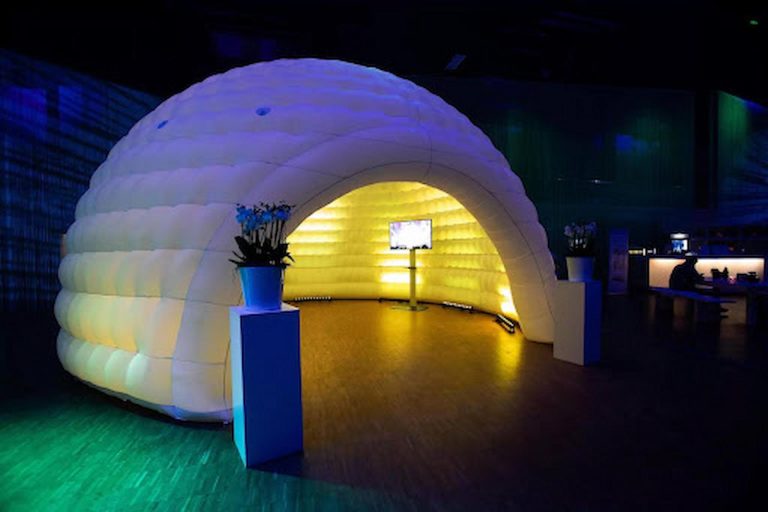To produce a layout, print circuit board designers will from time to time make use of electronic design automation (EDA), which not just stores design know-how, but also facilitates editing the design and likewise automates repetitive design tasks.
Converting the circuit schematic into a net list is the 1st step. Conceptually, the net list incorporates component pins and circuit nodes, a net that each pin connects to. The circuit design engineer is accountable for net list generation, which is then imported into the printed circuit board layout program.
Deciding howto position each device is the 2nd stage. Specifying a grid of lettered rows and numbered columns would be the very best way to position the gadgets. The pc program will then assign the 1st pin of each device to a distinct grid location. The operated can assist the personal computer system program by specifying which regions of the printed circuit board they want the device to go into.
Once this is done, the computer system system program compiles the device list into a pin list for the printed circuit board by making use of templates. All of these templates come from a library of footprints associated with each sort of device, which companies as a map of a device’s pins along with a pad and drill hole layout for each one.
Some pc programs can identify high-current pads in the device library, which are flagged for attention by the printed circuit board designer. This is as high-current pads necessitate to have wider traces, a width which is generally decided on by the design engineer. The net list is then combined with the pin list, merged together by the personal computer system program, and transfers the physical coordinates of the pin list to the net list. Then the net list gets resorted by net name.
Other programs can swap the positions of parts and logic gates, refining the design and bringing down the length of copper runs. They can discover power pins in the devices automatically and make runs to the nearest power plane or conductor. Then the program routes each net in the signal-pin list and finds any sequence of connections in the layers. Layers are often assigned to vertical and horizontal wires, shielding the circuits from any outside noise.
As most net lists will be automatically routed by the laptop or computer program, there could still be some nets that need to be routed manually by the printed circuit board designer. Once this is done, the program will put into location a number of strategy subroutines to lessen the manufacturing price of the printed circuit board. The program could remove unneeded vias or drill holes, it could round the edges of conductor runs, widen or move runs apart to keep safe spacing undamaged, and even adjust larger copper areas so they form nets. The nets and checks lessen pollution and speed product design by extending the life of the etching path and by evening out the copper attention in the etching path.
Some techniques are capable to validate the design for electrical connectivity and clearance by providing design rule checking or rules for printed circuit board producers. They check for assembly and testing, heat flow and loads of other kinds of errors. Some auxiliary layers for example silk-screen, solder mask and solder paste stencils are designed.
The last stage contains the copper layers being converted to Gerber files, a format of numerical control file for a photoplotter. Rather than having an additional aperture file requirement a link to each numerically designated aperture with an actual shape, utterly completely new Gerber files have been created that can embed the aperture understanding into the Gerber file itself. The hole places are encoded in drill files and could possibly be sorted to decrease drill-head movement time and bit changes.
Georgette Adanas has been writing articles or reviews on electronic design since 1999.



